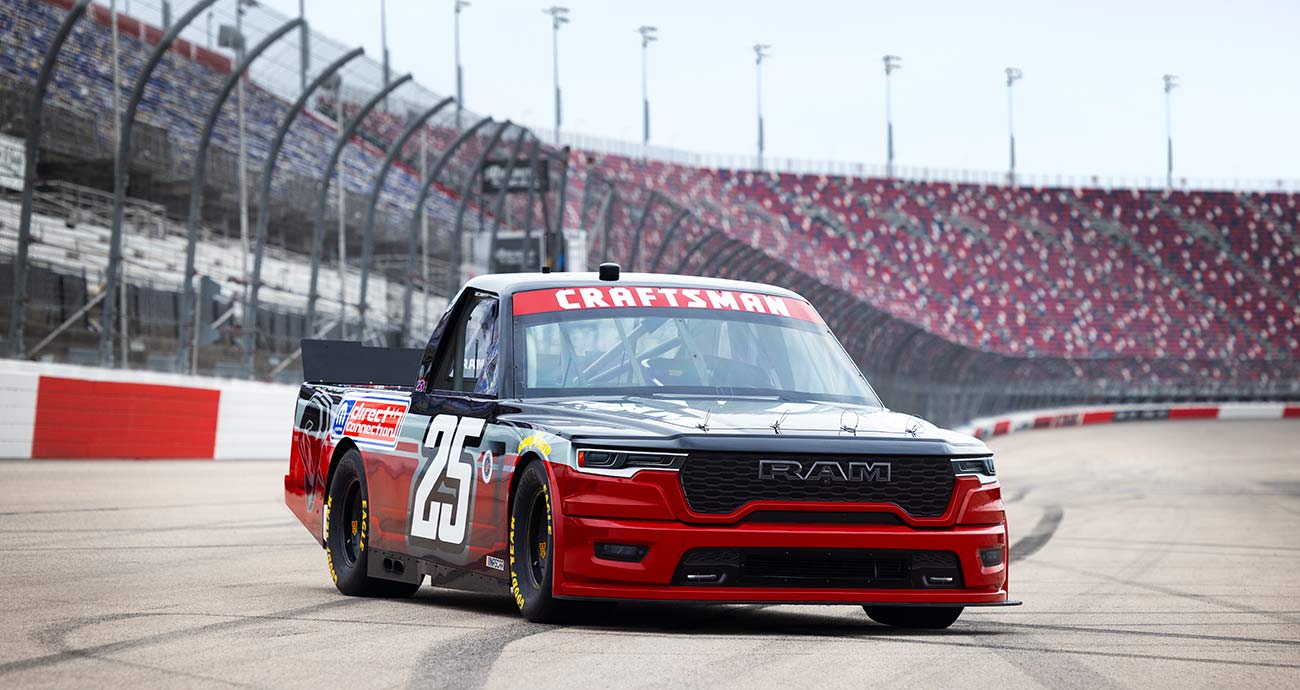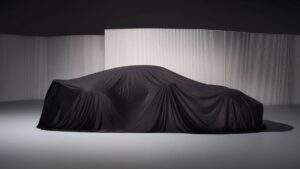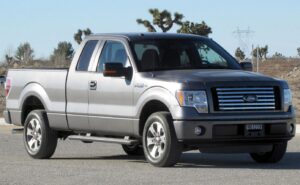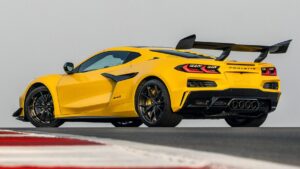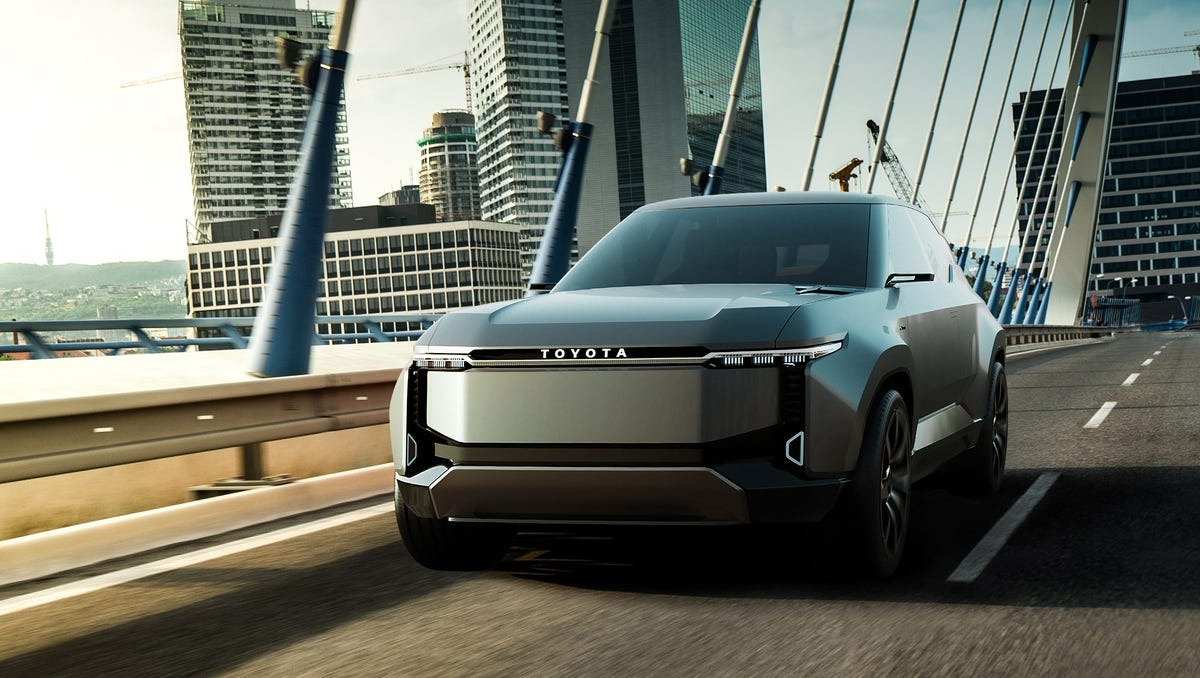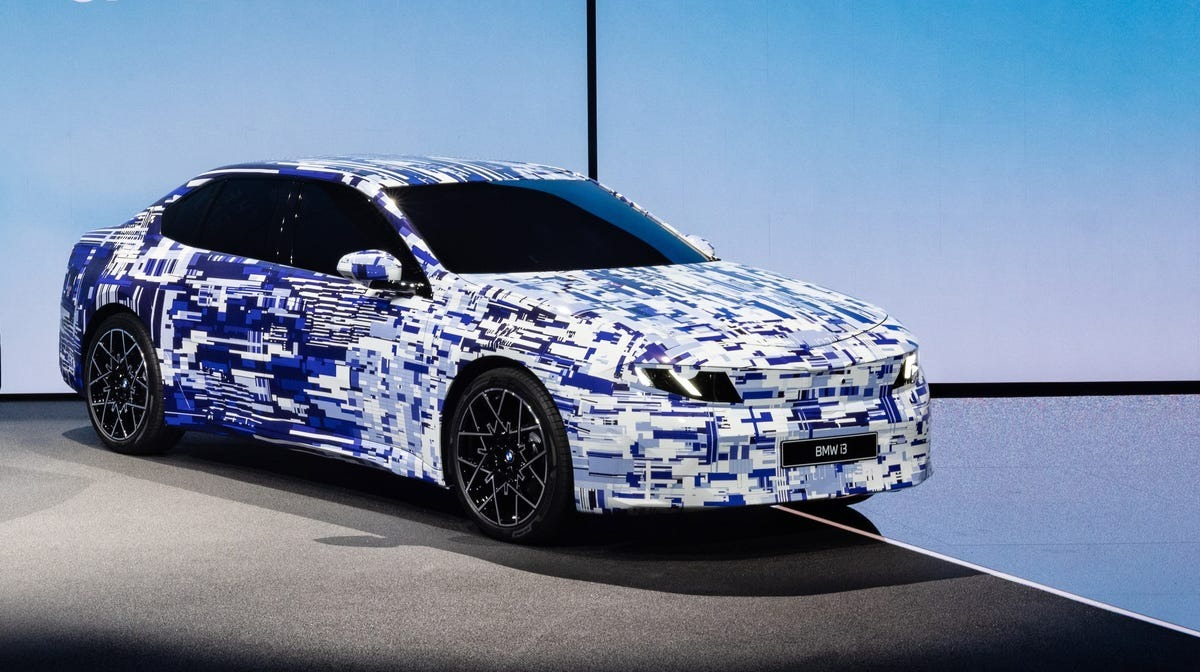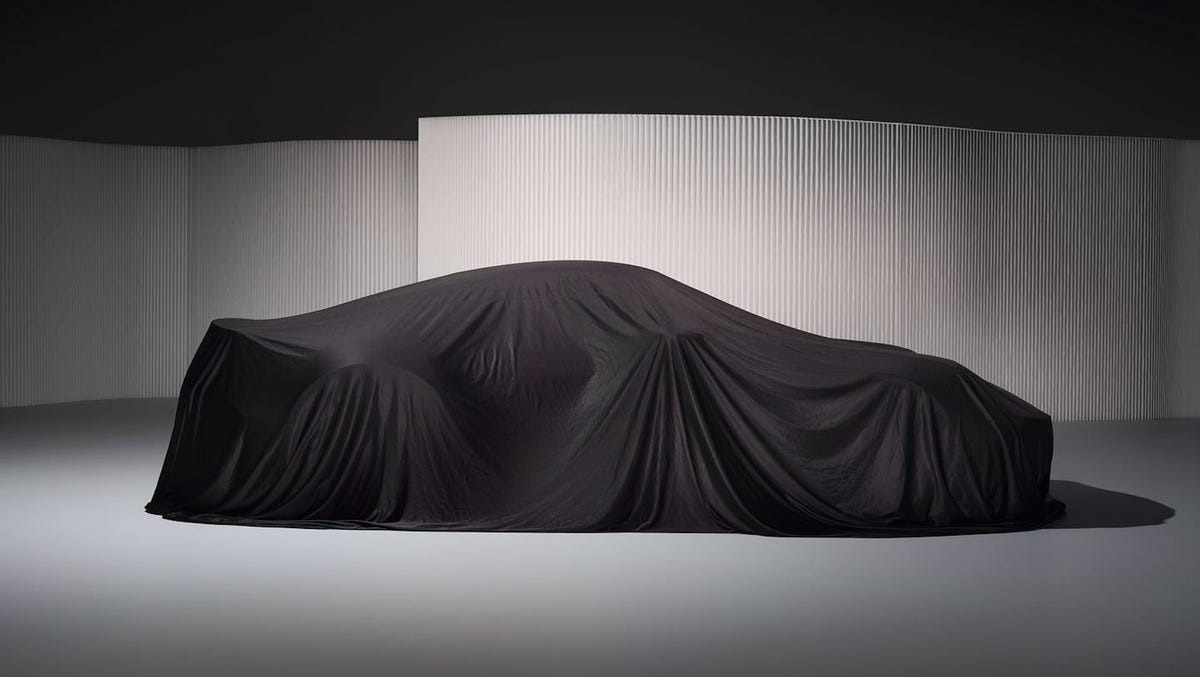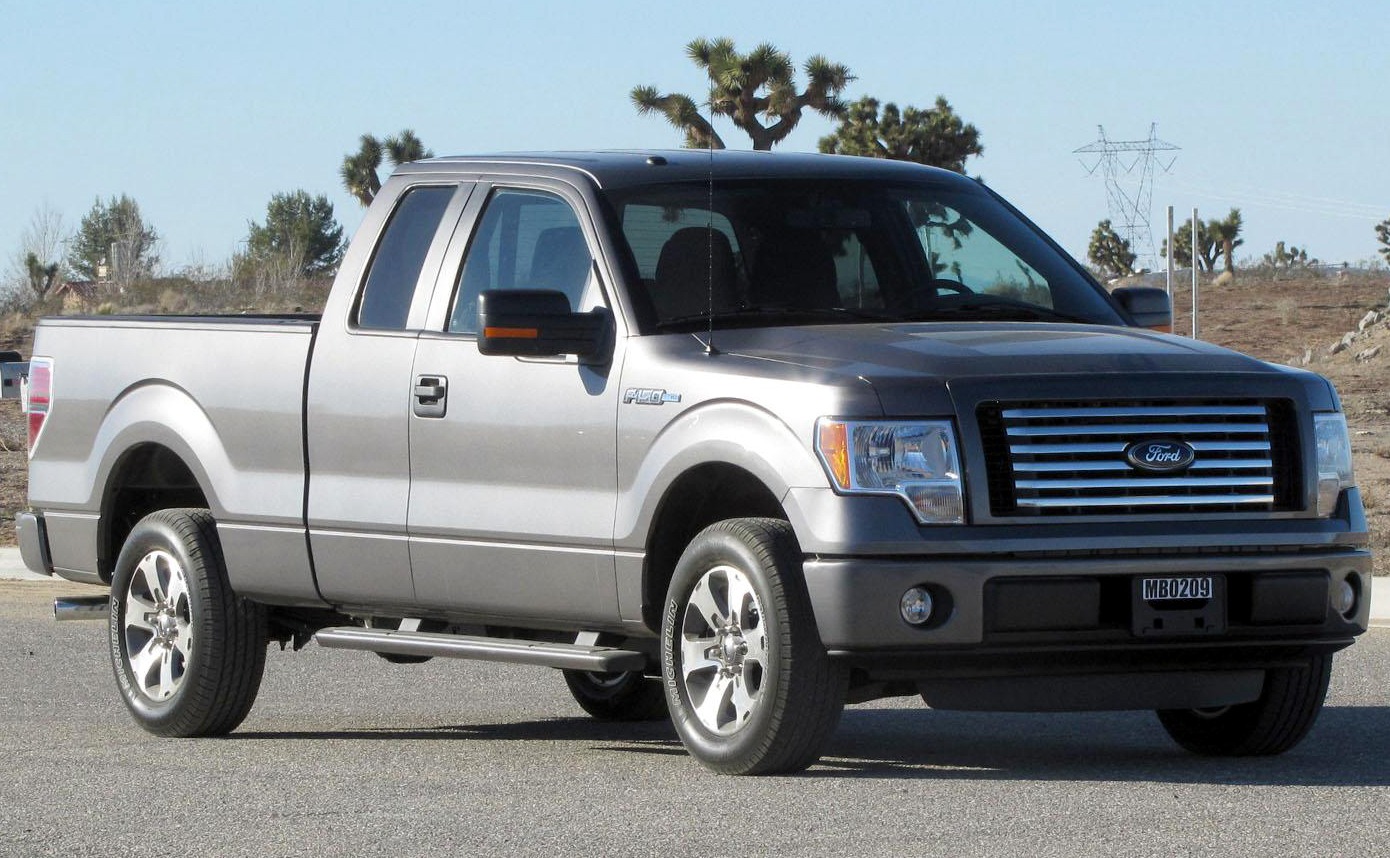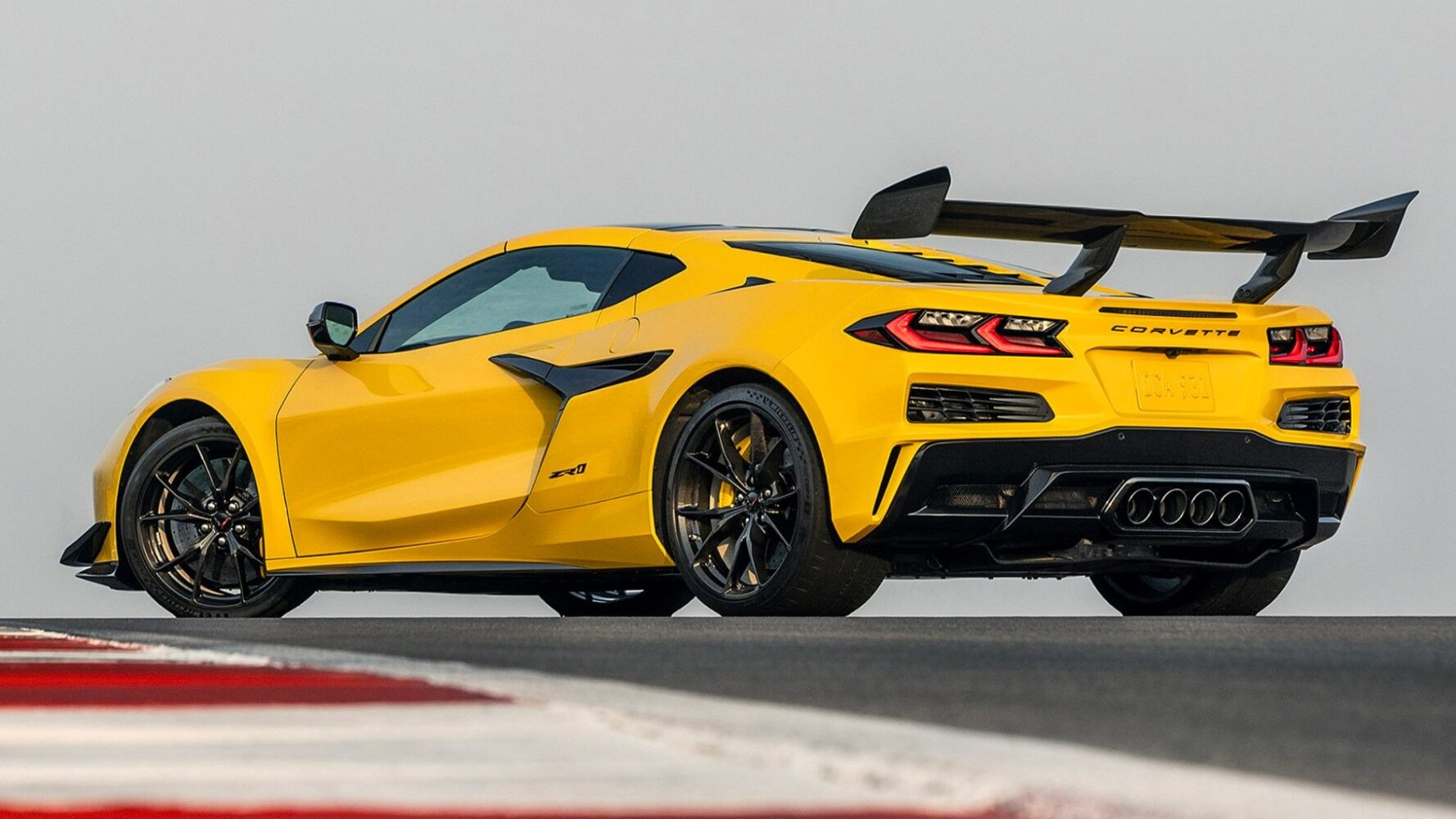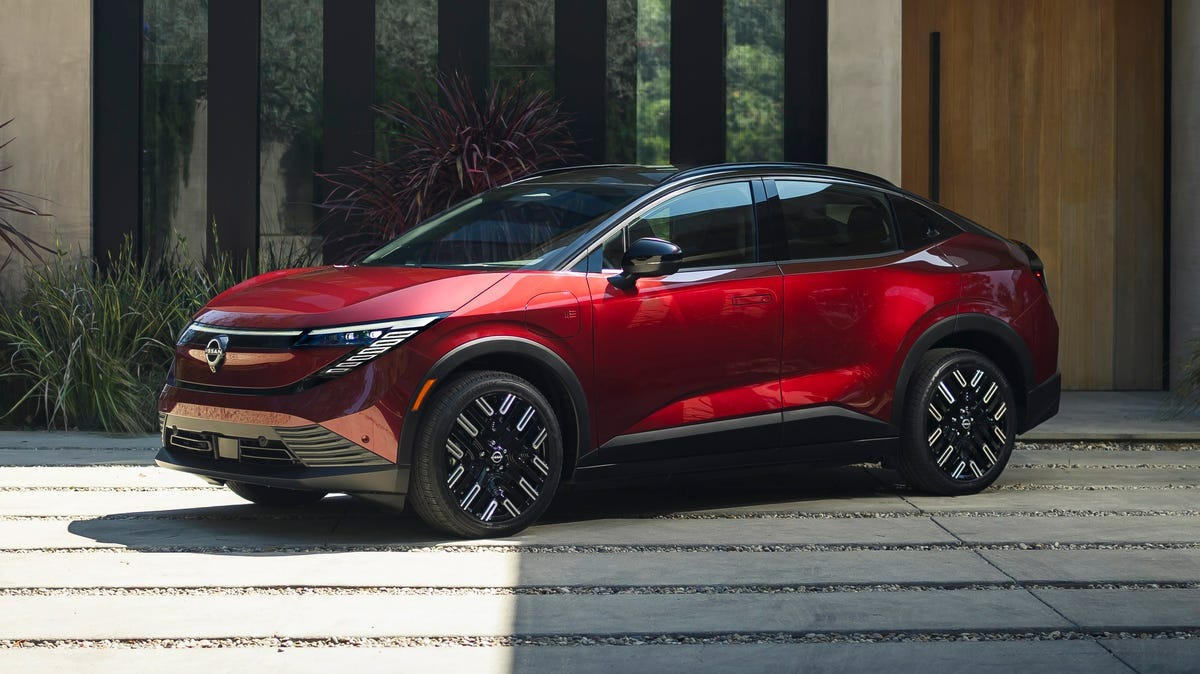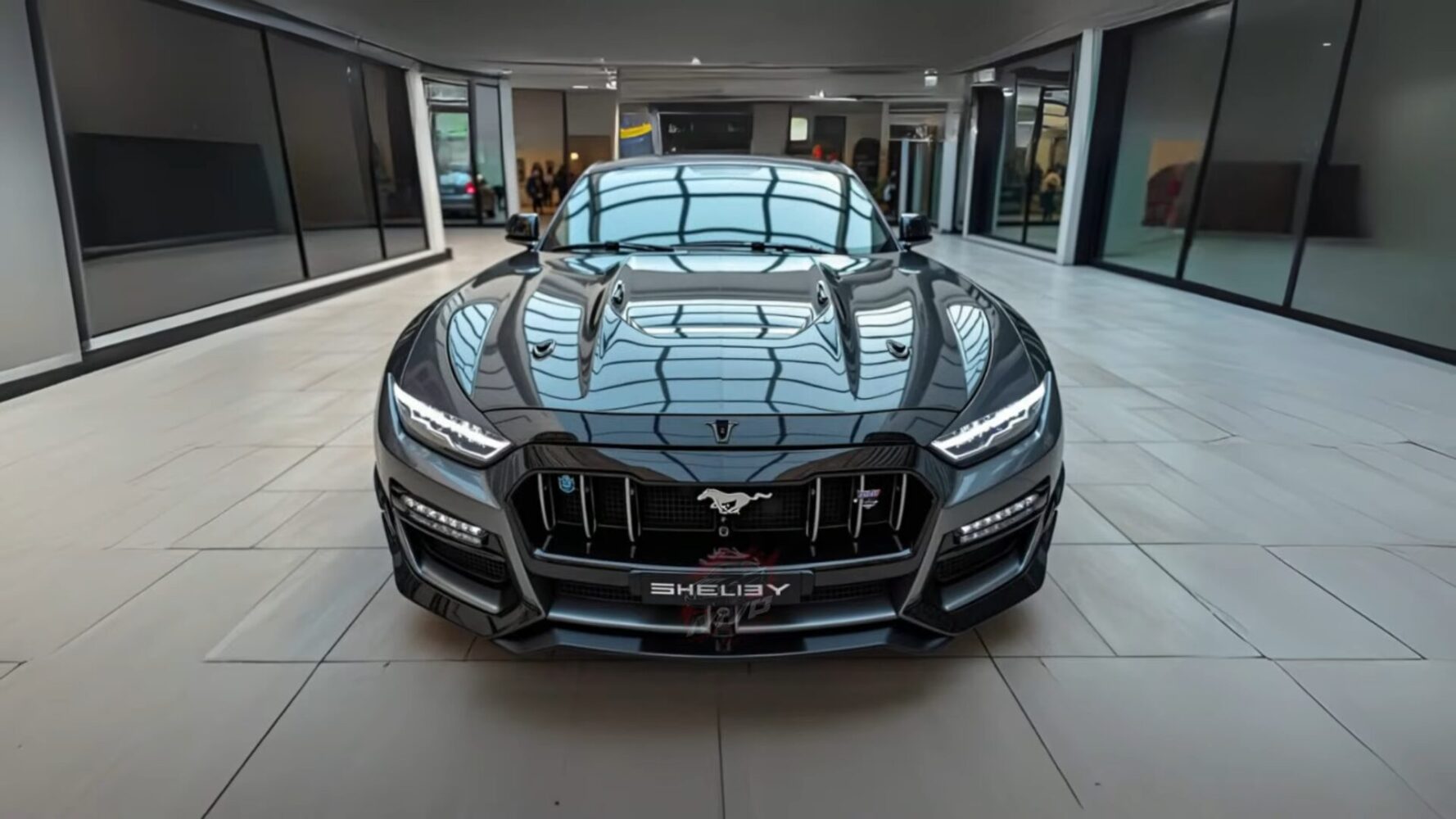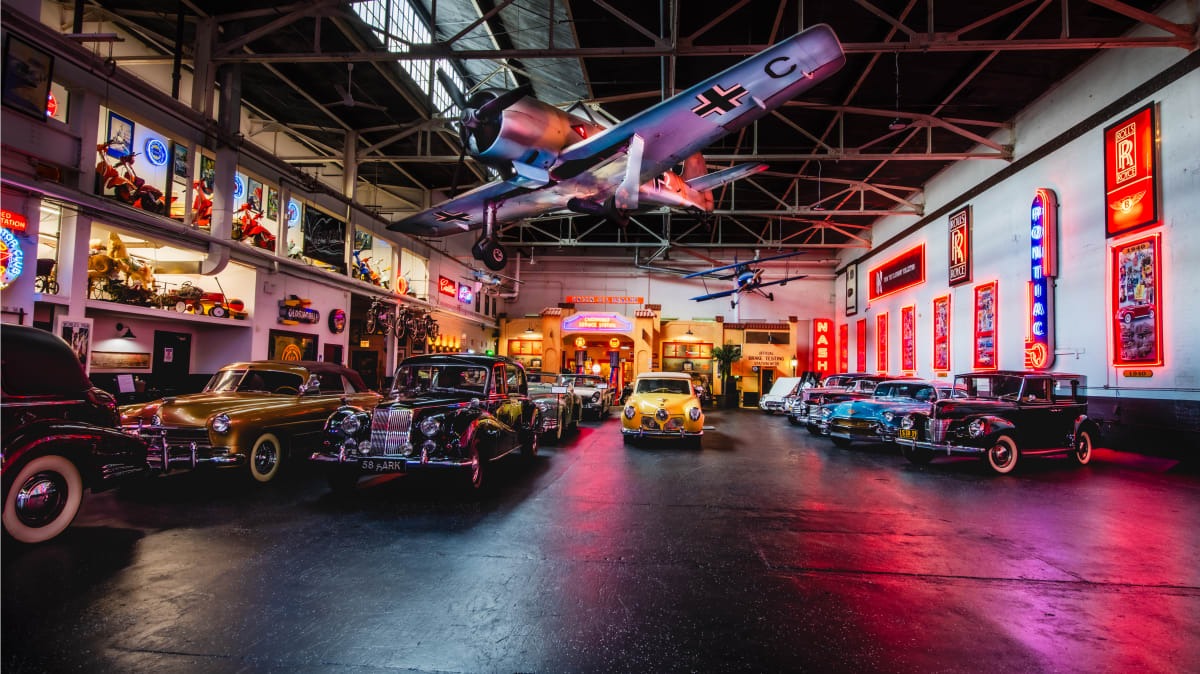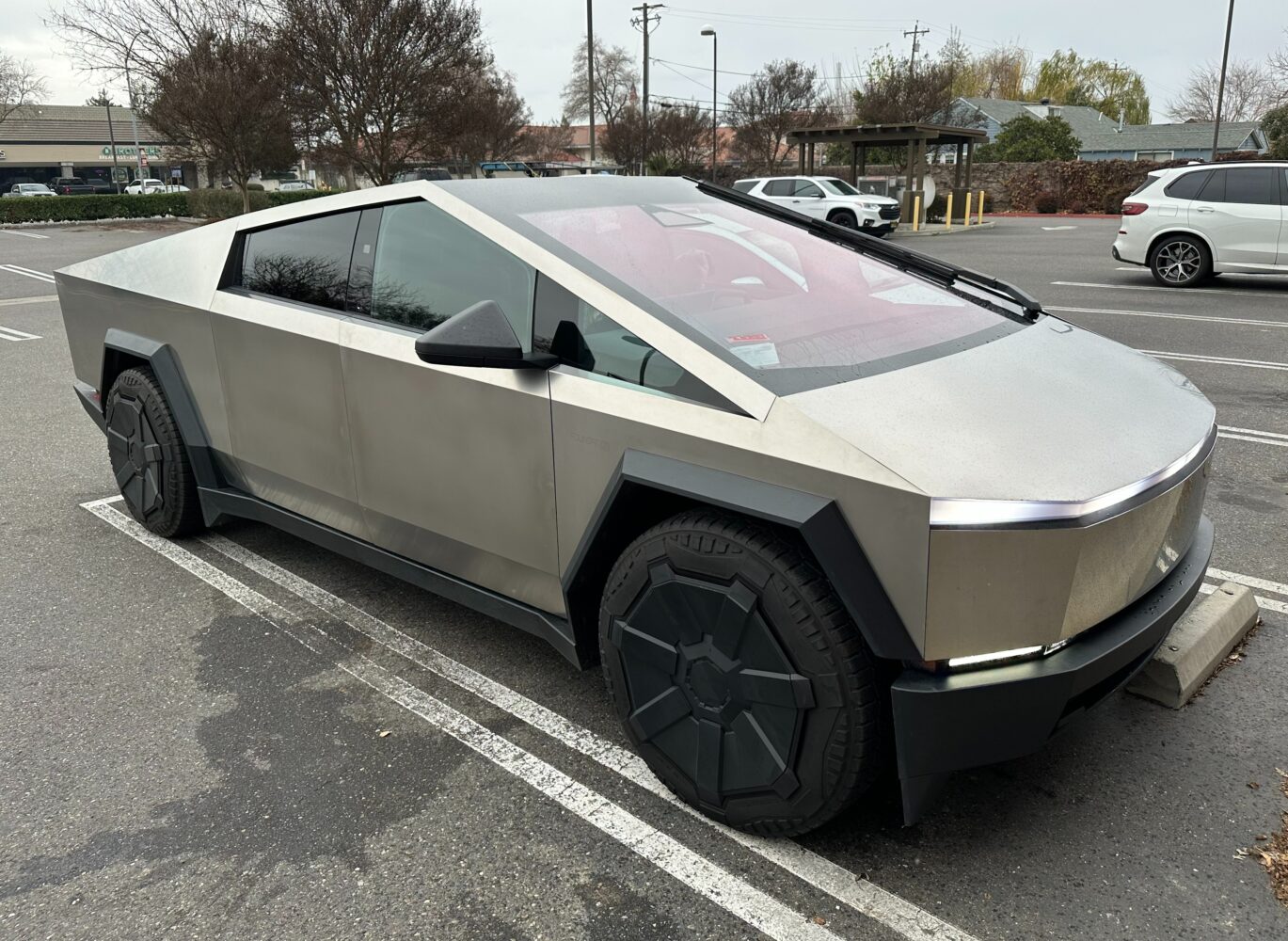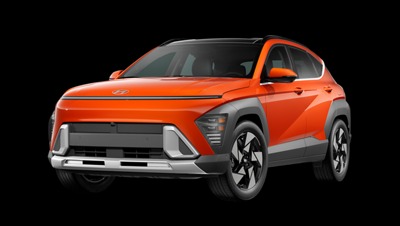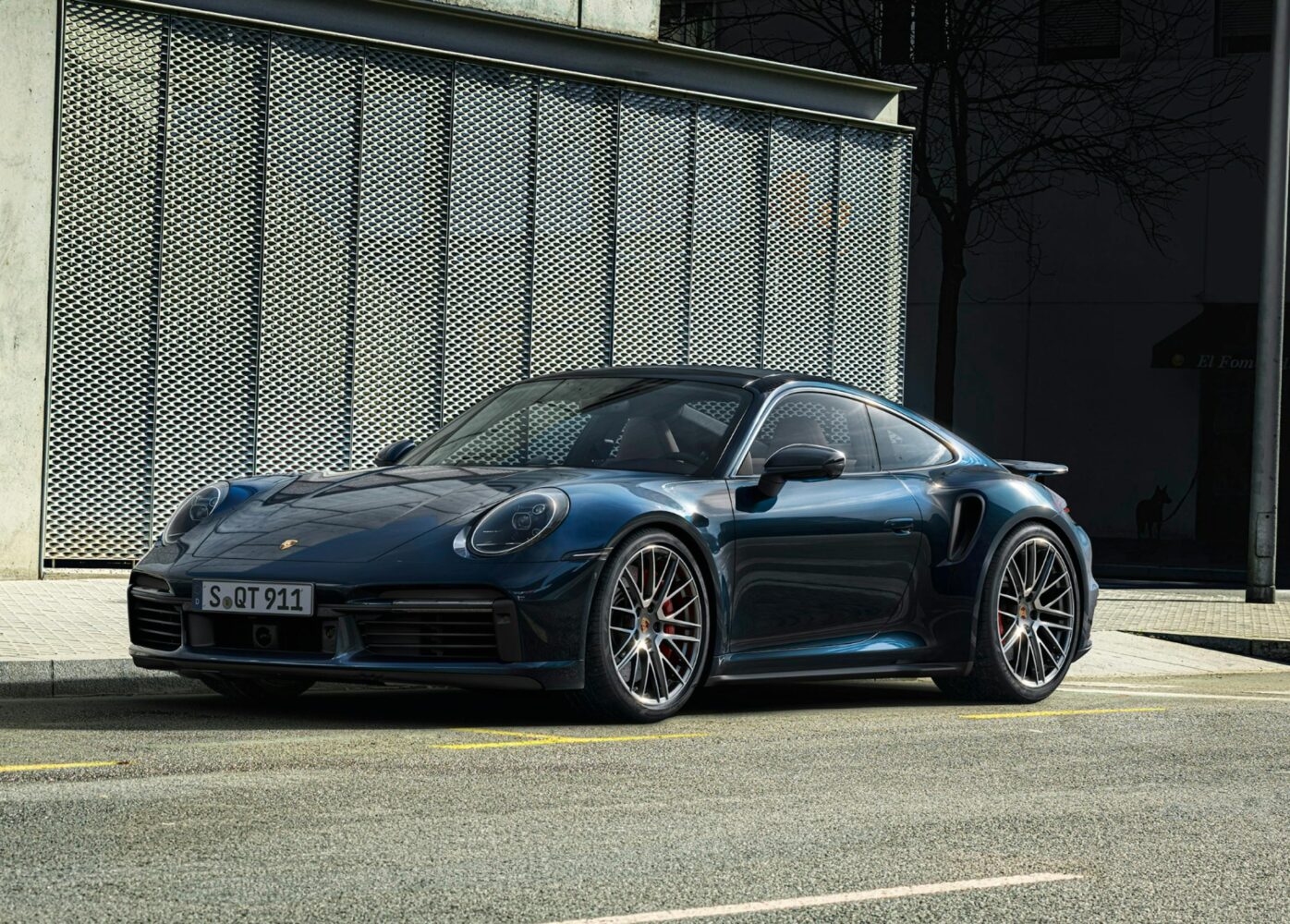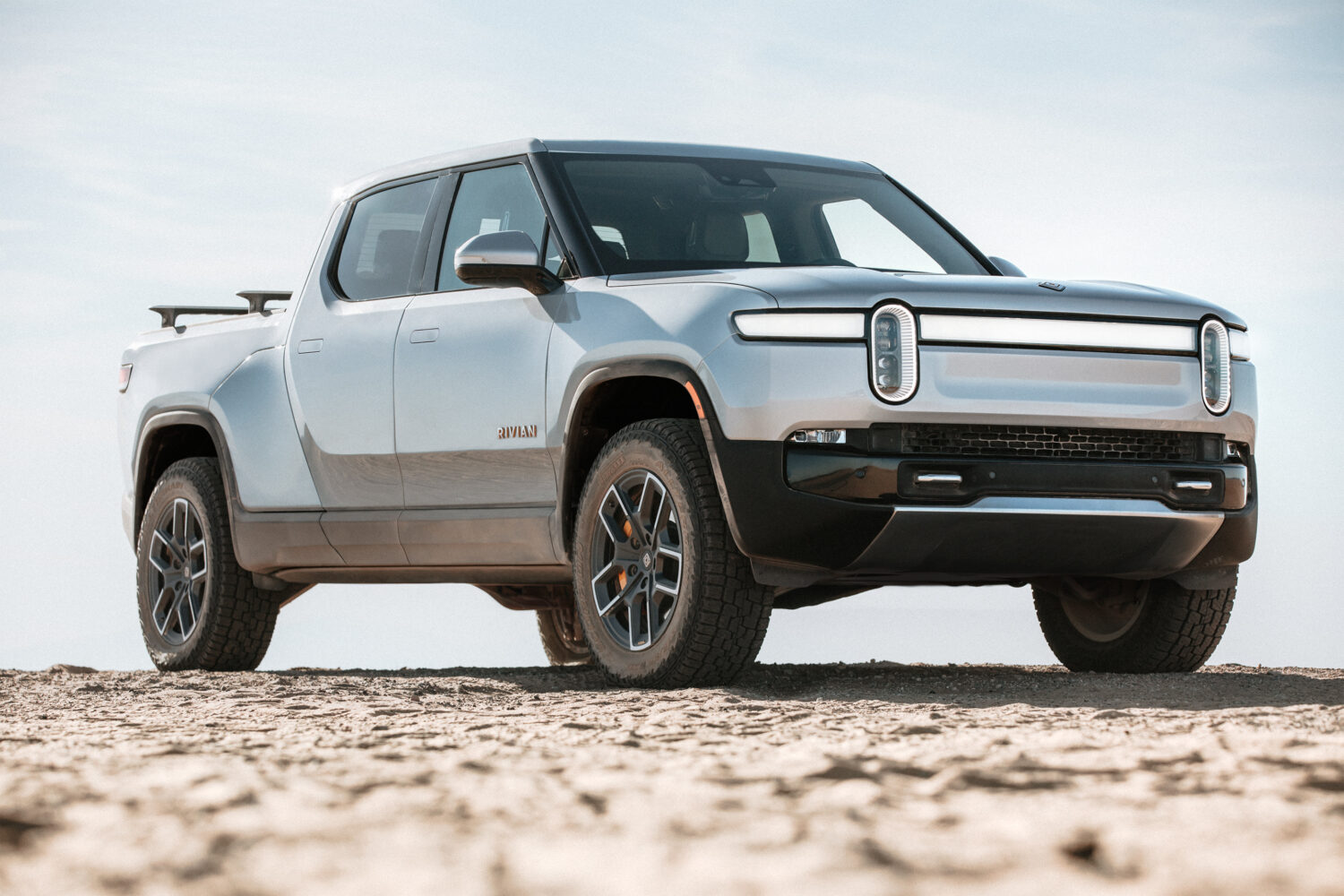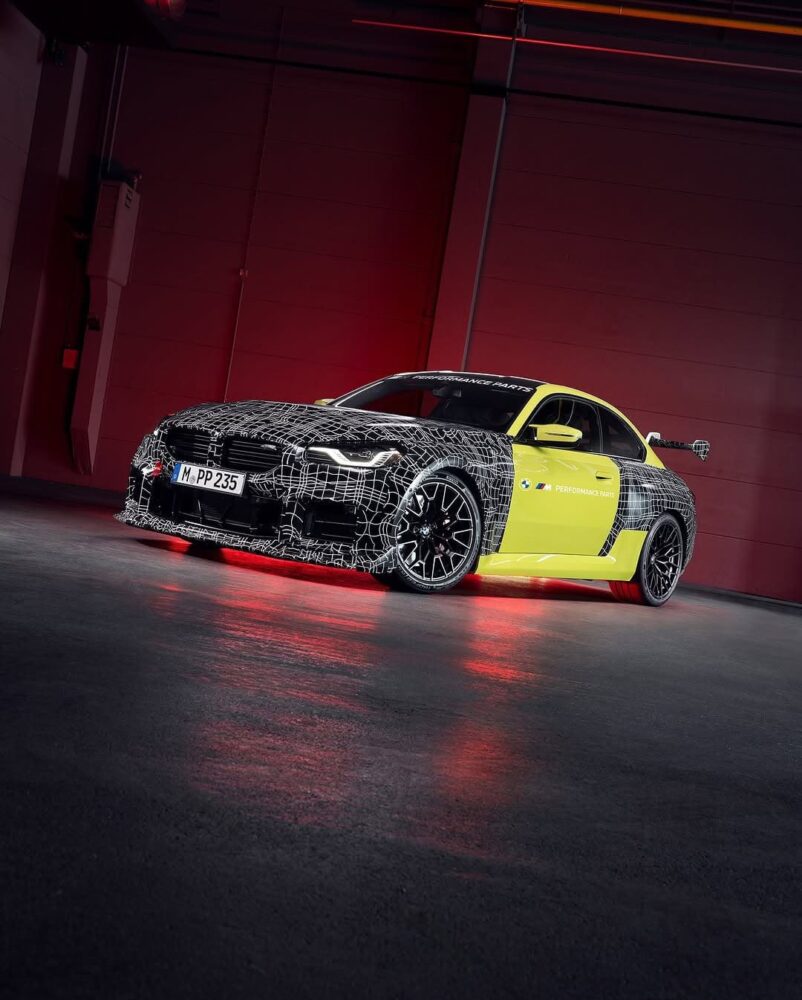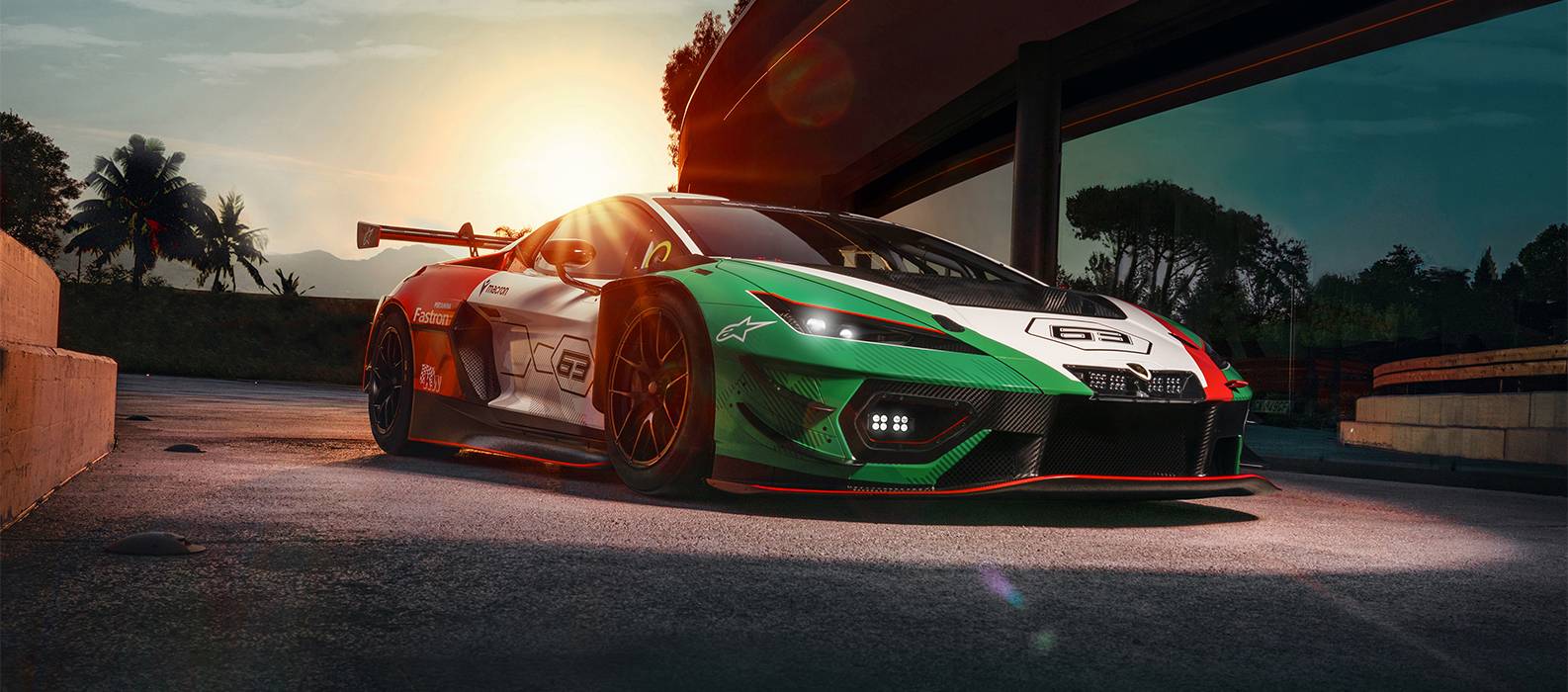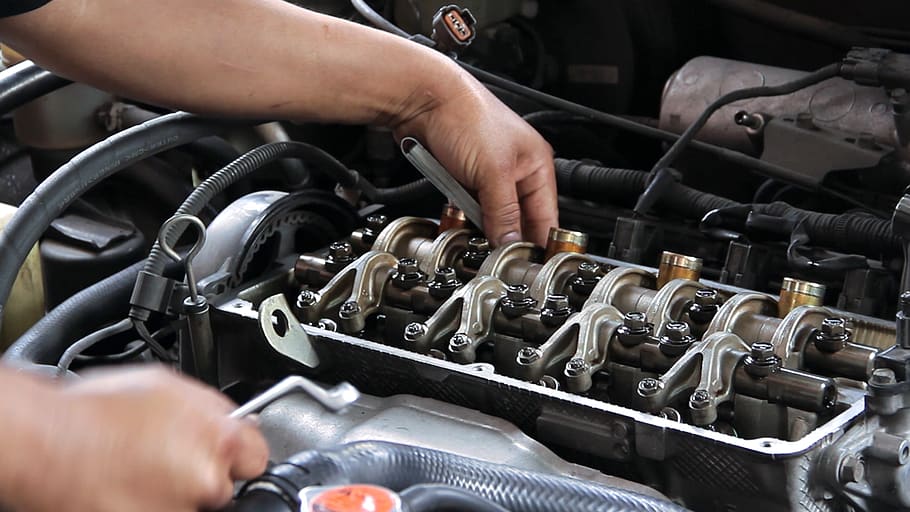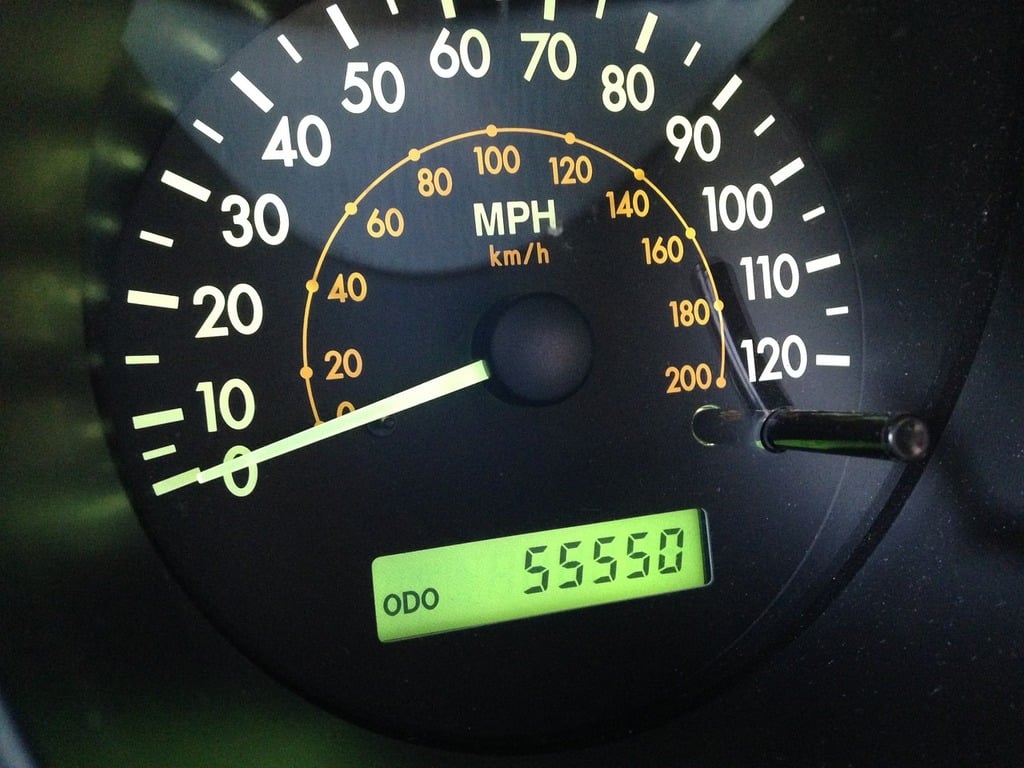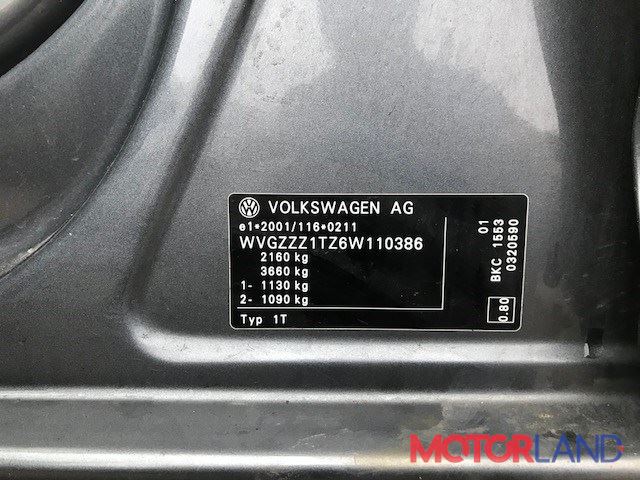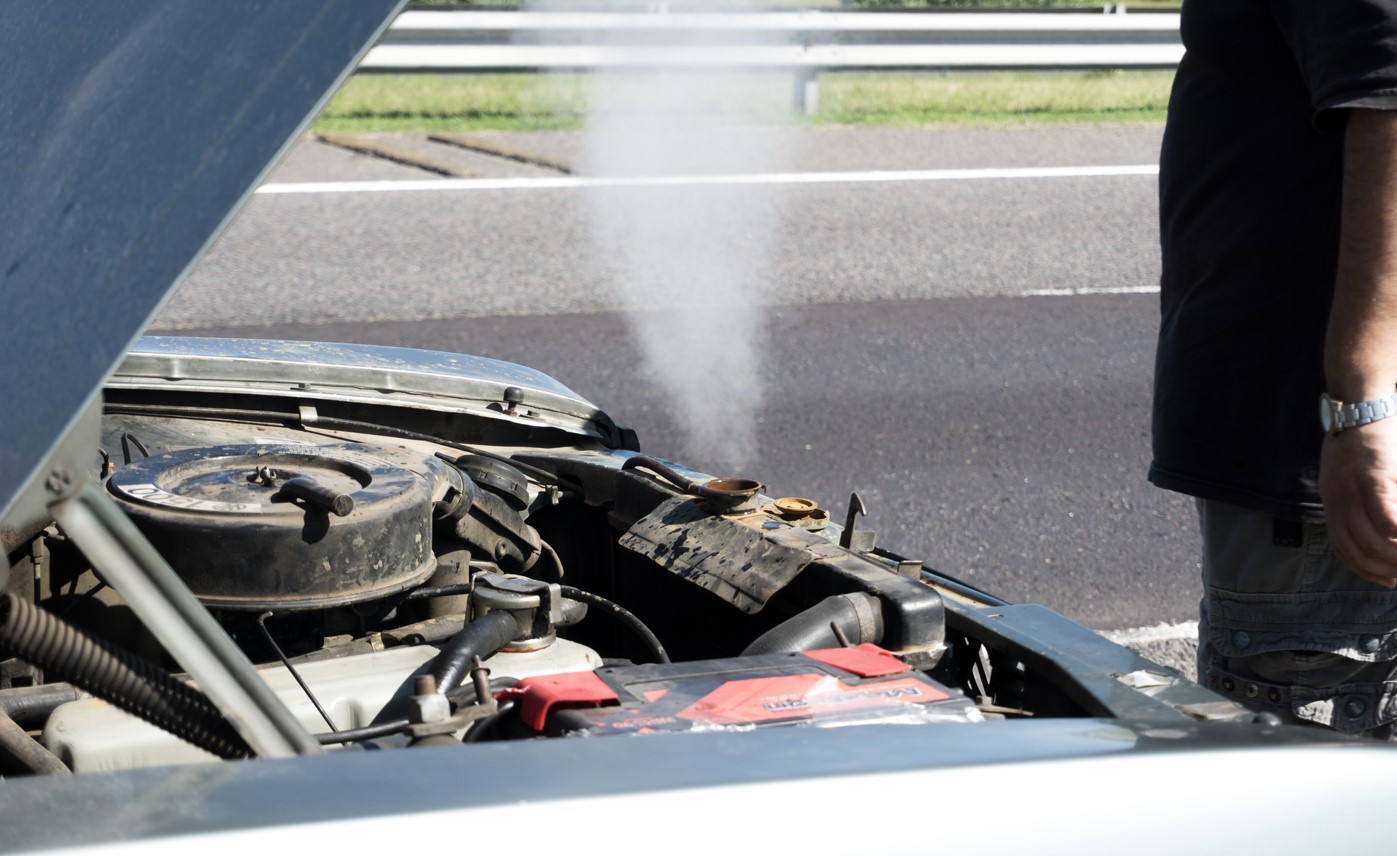Thirteen years feels like an eternity in motorsport—longer than TikTok has existed, longer than most people have owned smartphones. That’s how long it’s been since Ram last turned a wheel in NASCAR competition, abandoning the series in 2012 when Dodge pulled the plug on factory support. Now they’re back with something to prove in a truck market where Tesla Cybertrucks generate headlines but Hemi V-8s still move metal.
The announcement at Michigan International Speedway wasn’t just another corporate PR stunt. Ram CEO Tim Kuniskis rolled out a legitimate race truck concept that looks ready to hit Daytona right now. The two-tone black and red machine looks every bit a hypercar that defies physics, with proper aero work, housing a race-bred engine that screams past 9,000 rpm. This isn’t some show car with chrome wheels.
Ram’s timing makes strategic sense in an industry obsessed with electric futures, where every new EV rollout gets treated like unleashinging a hypercar. Their return aligns perfectly with bringing back the 5.7L Hemi V-8 for the 2026 model year Ram 1500. While other manufacturers chase electrification like the latest social media trend, Ram doubles down on what truck buyers want: displacement and noise. The “Ram-Demption” marketing campaign might sound cheesy, but it reflects a genuine commitment to performance over virtue signaling.
The numbers tell the real story. Over 40 percent of NASCAR’s 20 million fans own trucks, and many drive Rams. That’s direct access to buyers who care about capability over fuel economy stickers. Unlike luxury car racing that targets aspirational buyers, truck racing speaks to people who use their vehicles for work.
NASCAR executive VP John Probst called this the first new OEM entry since Toyota arrived in 2004. That’s significant. While manufacturers flee other racing series, NASCAR remains commercially viable enough to attract factory investment. Ram isn’t just returning—they’re betting real money on 18 months of development time.
The plan calls for fielding four to six trucks at the 2026 Daytona opener. That’s not a token effort. Ram wants enough entries to create legitimate competition and marketing impact. Smart money says they’ll partner with established teams rather than starting from scratch.
Cup Series expansion remains the ultimate goal. Kuniskis confirmed plans to move up after establishing truck series credibility. Ram could challenge Chevrolet, Ford, and Toyota at NASCAR’s highest level within three years. The last time four manufacturers competed regularly in the Cup was the early 2000s, when racing was considerably more interesting.
This return matters beyond NASCAR’s immediate competitive landscape. Ram’s commitment to V-8 power and racing validates what enthusiasts have argued for years: there’s still demand for authentic performance vehicles. While competitors chase efficiency mandates, Ram bets on emotion and sound.
Whether Ram can translate marketing excitement into on-track success remains unclear. But their willingness to invest in proper development time and multiple truck entries suggests serious intent. After 13 years away, they’re not just returning—they’re making a statement about what trucks should be.


